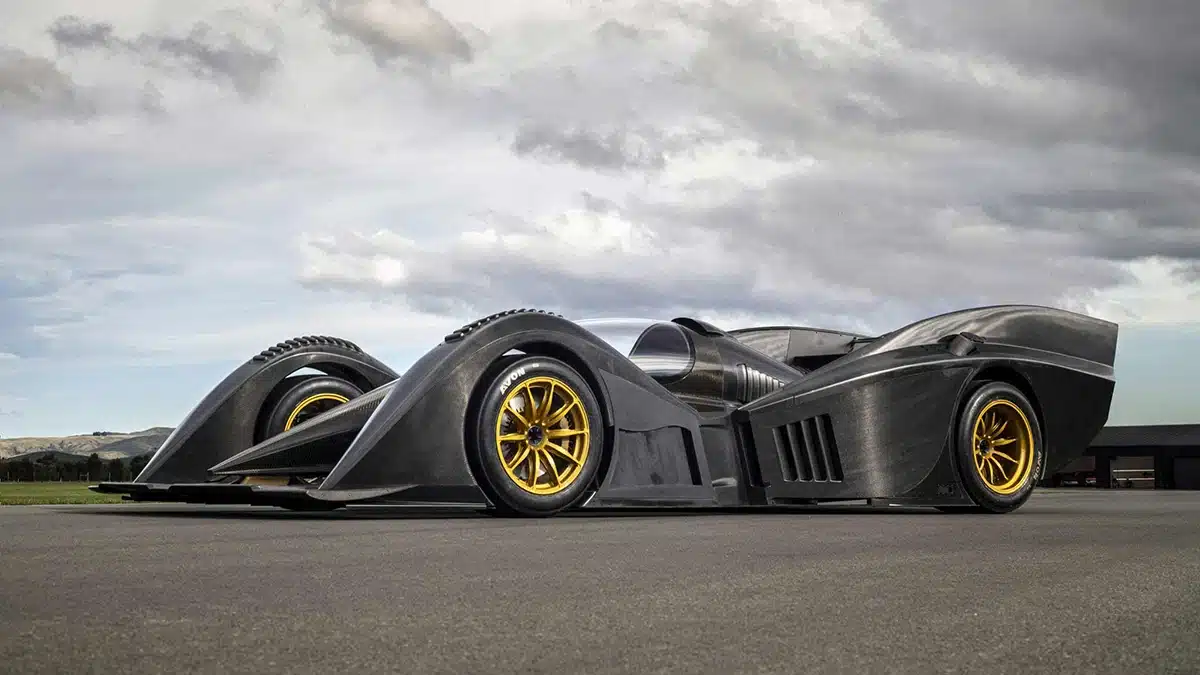The National Motor Museum has revealed its latest display will pay tribute to some record-breaking cars.
Four land speed record setters will be demonstrating the best in blistering British builds, with models including the 350hp and 1,000hp Sunbeams, the Golden Arrow and the Bluebird CN7.
All of these incredible machines claimed record-breaking speeds during the 1920s and the 1960s.
The new exhibition was opened by Don Wales, grandson of Sir Malcolm Campbell – the man who set the land speed records in a Sunbeam (1924) and a Bluebird model (1927).
Mr Wales said: “The 116 year history of Land Speed Records has been dominated by the British. The record has been broken 57 times, 26 by a Briton and 8 by a Campbell. My uncle, Donald, broke the Land and Sea record in the same year – a unique double that has never been equalled.
“British Land Speed Record cars are an important part of our heritage and need to be on show for the public to see. It is also vital that the skills required to keep them going is kept alive.”
In addition to displaying the iconic machines that shot their way into the record books, there is also an audio-visual presentation and accompanying exhibits. These include souvenirs, memorabilia, trophies and other personal items.
Let’s start by taking a look at the 1920s’ 350hp Sunbeam. It was the first car ever to be powered by an aero engine and broke the land speed record twice. Kenelm Lee Guinness did so in 1922, while Sir Malcolm broke the 150mph in 1925 at Pendine Sands in Wales.
However, as technology and motoring capability change, so did the Sunbeam. Later in the decade, a 1,000hp version of the car was created. Major Henry Segrave sat in the middle of the front and rear engines to hit an incredible top speed of 200mph at Daytona Beach, Florida. He became the first person to ever hit such a speed on land.
Closing out the 20’s was a new challenger for the record, in the form of the 1929 Irving Napier Special, Golden Arrow. The year was 1929 when the car became the land speed record holder – an achievement it would hold for the next two decades.
With Major Henry Segrave in the driving seat again, the car managed to smash the record and achieve a top-speed of 231.446mph.
In 1964, another British driver took the record again. In a rather familiar achievement, Donald Cambell, son of Sir Malcolm, set the new milestone behind the wheel of the Bluebird CN7.
The first outing of the car ended in disaster. In 1960 at Bonneville, the model was caught off-guard by a gust of wind, causing it to veer off course and somersault.
It was later rebuilt and primed for another attempt. At Lake Eyre in Australia, complete with a new tailfin, the Bluebird broke through the elusive 400mph barrier to become the official wheel-driven record holder for Britain – clocking up a speed of 403.10mph.
For those who want to take a closer look at these amazing models, the Land Speed Record display is now open for the public at the National Motor Museum, Beaulieu, Hampshire.
For more articles like this, receive our weekly e-newsletter, including partner deals and all things motoring, register your email below.
Please note: You cannot subscribe to Smart-Motoring unless you put a tick in the checkbox below to indicate have read and agreed to our privacy policy.














Leave a Reply
You must be logged in to post a comment.